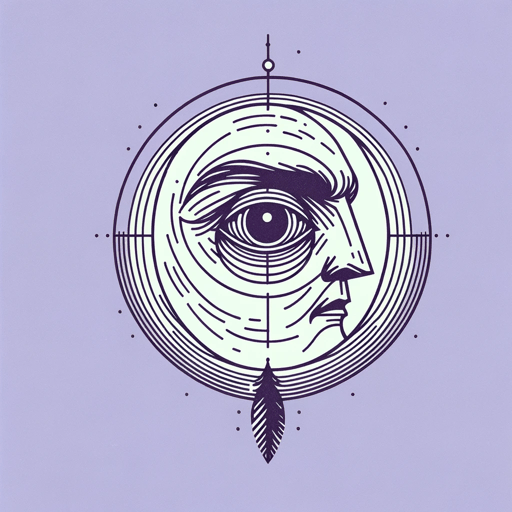37 pages • 1 hour read
Edgar Allan PoeThe Tell-Tale Heart
Fiction | Short Story | Adult | Published in 1843A modern alternative to SparkNotes and CliffsNotes, SuperSummary offers high-quality Study Guides with detailed chapter summaries and analysis of major themes, characters, and more. For select classroom titles, we also provide Teaching Guides with discussion and quiz questions to prompt student engagement.
Literary Devices
Repetition
Repetition is the frequent use of certain words and phrases in literary works. This allows the author to subtly suggest certain interpretations, emphasize key ideas, or create a specific atmosphere.
The narrator often repeats certain words and uses the same sentence structure two or three times in a row, recreating the sensation of obsessive thoughts experienced by someone who is mentally imbalanced. For example, in the first paragraph, the narrator repeatedly uses “mad,” “nervous,” “heard.” These words foreshadow what happens in the rest of the story and highlight the ideas the narrator is focused on. Additionally, the narration repeats the same short syntax, as in the case of “not destroyed them” and “not dulled them.” These parallel structures create a sense of abruptness and obsessiveness.
Juxtaposition
Juxtaposition is a device that brings together concepts that are habitually understood to be opposites, such as love and hate. The story creates frequent juxtapositions by combining the words “madness,” “wise,” and “healthy” (Paragraphs 1, 3). Use of juxtaposition is particularly apt in this story as it helps express the inherent incompatibility of the criminal’s actions and thoughts as well as the coexistence of contradictory impulses.
Related Titles
By Edgar Allan Poe

A Dream Within a Dream
Edgar Allan Poe

Annabel Lee
Edgar Allan Poe

Berenice
Edgar Allan Poe

Hop-Frog
Edgar Allan Poe
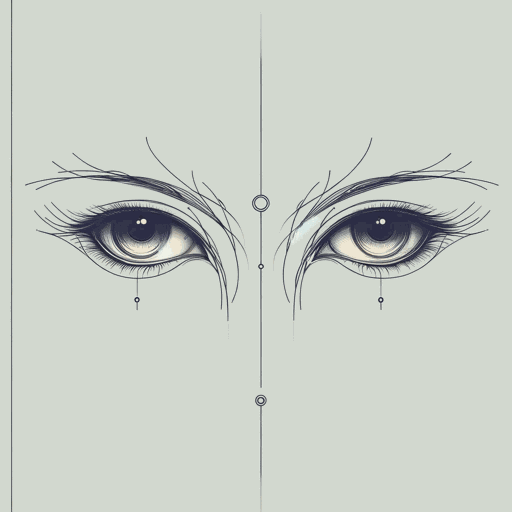
Ligeia
Edgar Allan Poe

Tamerlane
Edgar Allan Poe

The Black Cat
Edgar Allan Poe
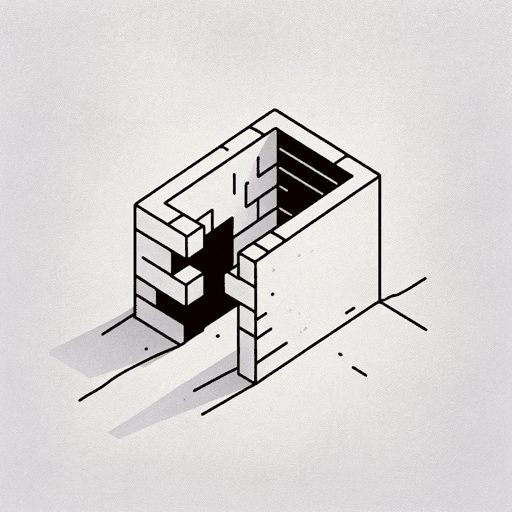
The Cask of Amontillado
Edgar Allan Poe

The Conqueror Worm
Edgar Allan Poe
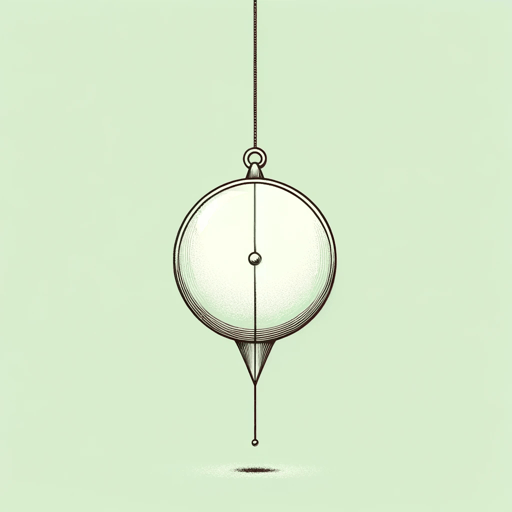
The Facts in the Case of M. Valdemar
Edgar Allan Poe

The Fall of the House of Usher
Edgar Allan Poe

The Gold Bug
Edgar Allan Poe

The Haunted Palace
Edgar Allan Poe

The Imp of the Perverse
Edgar Allan Poe

The Lake
Edgar Allan Poe
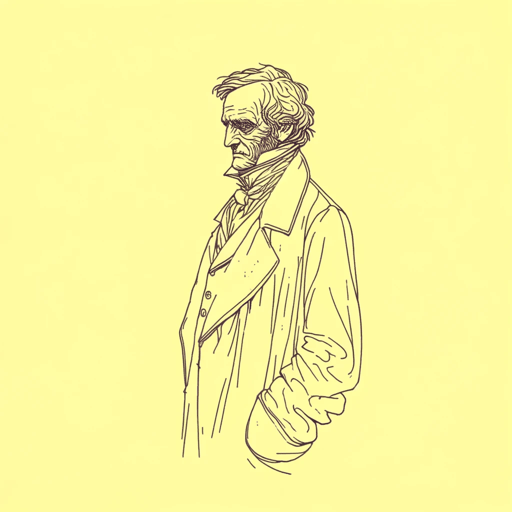
The Man of the Crowd
Edgar Allan Poe

The Masque of the Red Death
Edgar Allan Poe

The Murders in the Rue Morgue
Edgar Allan Poe

The Narrative of Arthur Gordon Pym of Nantucket
Edgar Allan Poe

The Oval Portrait
Edgar Allan Poe
